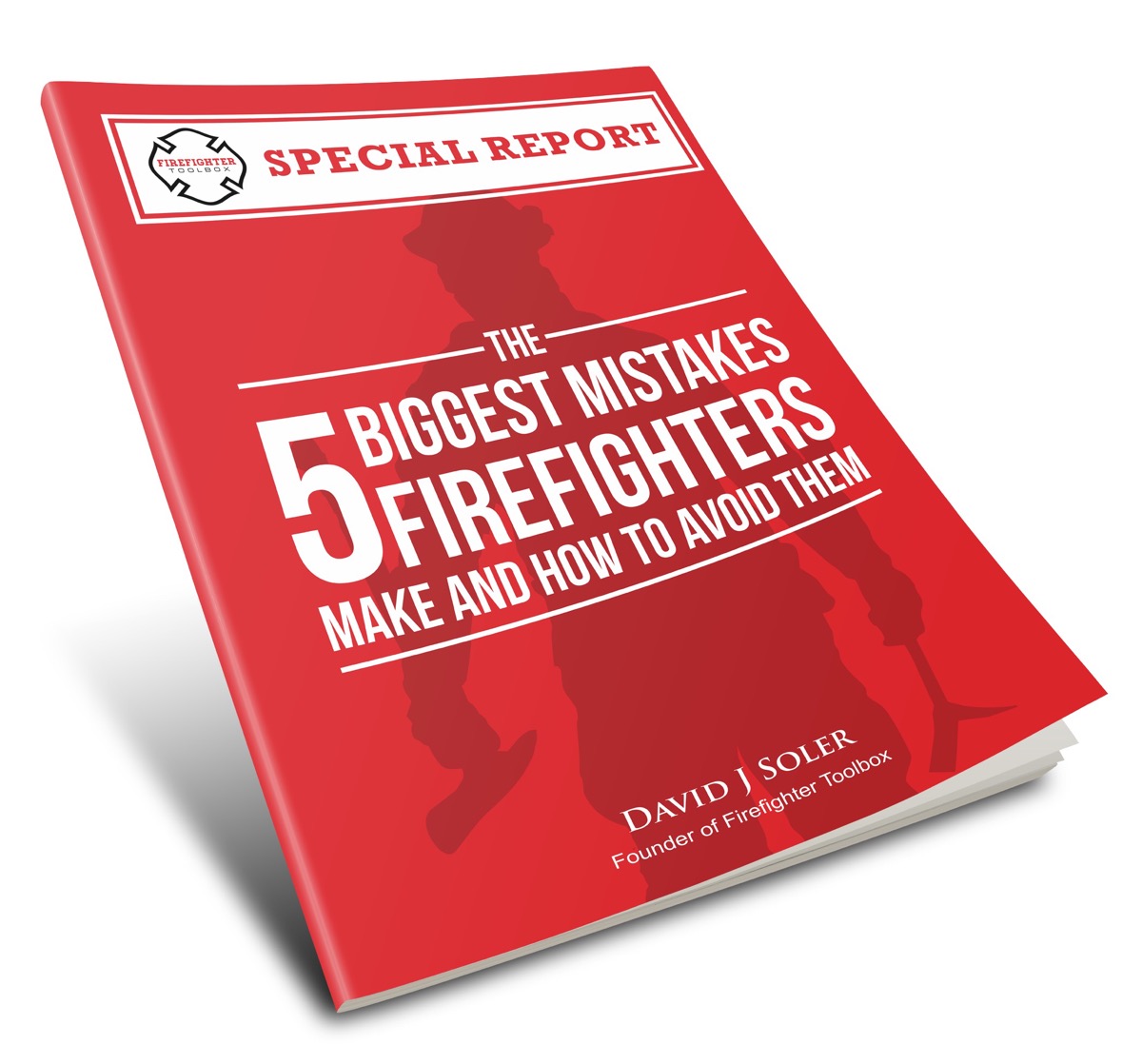5 Ways to Expand on Firefighter Training outside the Classroom
In my department I have been recently promoted to the position of company officer. I realized that my degrees and certifications did not prepare me the way I expected they would; I still had a lot to learn and I was not sure where to get this knowledge or how to find it.
I wanted real life information that I could bring back and put to use in my district. I wanted to learn fire behavior, reading smoke, thermal imagers, extrication, size up and tactics. I needed information and knowledge that went beyond advanced firefighter training but didn’t know how or where to find it. This led me to doing research on my own.
1. Outside the Box
Many times in our career we have heard the phrase “think outside the box.” We hear it in officer classes; we hear it in Incident Management classes, now we hear it with American Heart in Pit Crew CPR. The reason this phrase is so popular is because it works.
When inside a box we can only collect certain puzzle pieces, step outside to see the big picture.
We work in a well respected fire department, “a box”, where the classes have always been supplied to us, usually taught by the same individuals. Open up the lid to the “box” and see what lies outside of it. What if we learn something that’s actually more efficient than our current practice? What if it improves safety or accountability?
At a minimum; it could make us, our crew, or our department better, which in return will take better care of the public.
2. The Internet as a Training Resource
The internet is a valuable method of gaining information. The internet contains resources like blogs, websites, podcasts, and newsletters. A good thing about these items is that we can email the information or print it out to share with our crew and department.
A blog is a page where individuals discuss a certain topic from their experience, education or views and is a great way to learn from our peers. A podcast or webcast is a kitchen table talk that gives us loads of information on any topic we want to find. We could listen to them together at the firehouse, in the car, or while on the treadmill in the gym.
Another wonderful option on the internet is the email newsletter, where we enter our email on a webpage we are want to subscribe to information that is delivered straight to our inbox.
3. Social Media
Here’s why social media isn’t just for teenagers.
Social media has become a great method of gaining valuable information. With these media outlets, we can pick and choose the individuals, companies, groups, or organizations to follow.
We can get up to the minute information that our chosen mentors are posting. The smart phone has made this process convenient for us because, as the saying goes, when it comes to finding information: there’s an App for that. These sites are also wonderful for networking and can assist us in meeting many brothers and sisters who have information to share from all over the world.
We could then reach out to these individuals with questions, clarification, and even get assistance with personal or professional development.
4. Books and Magazines
Maybe we are not technically savvy or we enjoy actually holding a book. Read books on leadership, tactics, safety, or any book that can make us better.
Ask around the station for recommendations or someone may even have a book for us to borrow. Magazine publications seem to come to every firehouse and often wind up laying on the table never opened or the pictures examined and words never read.
Read the articles, read the editorials, learn what to do as well as what not to do. Utilize the pictures to practice size up, communication, and tactics.

5. Get Dirty
Firefighters generally are kinesthetic or tactile learners, we like to work with our hands and we tend to learn better by actually doing it. We also need to put everything we learned, through the above methods, to the test.
We should attempt to utilize what we learned in drills and training either at the company level or department wide. This will help others see it and learn from it, as well as assist us in recognizing if what we learned meets or exceeds our departments needs.
Looking outside the box, Hands on Training (HOT) classes could be found at our local academies or at neighboring departments. Contact these resources to be put on a class list newsletter and stay up to date on upcoming classes in your area.
HOT classes could be taken on all topics not limited to; hybrid vehicle extrication, engine company operations, truck company operations, or even live fire behavior classes. HOT classes could also be found at seminars and expos. These classes are a wonderful way to learn outside the box because peers from all over the world attend these functions bringing information and experience that could make us, our crew, or our department better.
In Conclusion
This article covers some of the ways we can build on our formal education by looking outside the box, and realizing the information we need is there, if we look for it.
No one does every task the same way, so taking the action to learn gives us the opportunity to find ways to complete tasks that might work better for us and our teams. Not everyone likes change, but without change we would never learn, we would never get better, and we would never progress.
Have we forgotten anything from this post? Include your thoughts in the comments below.








safety f & last